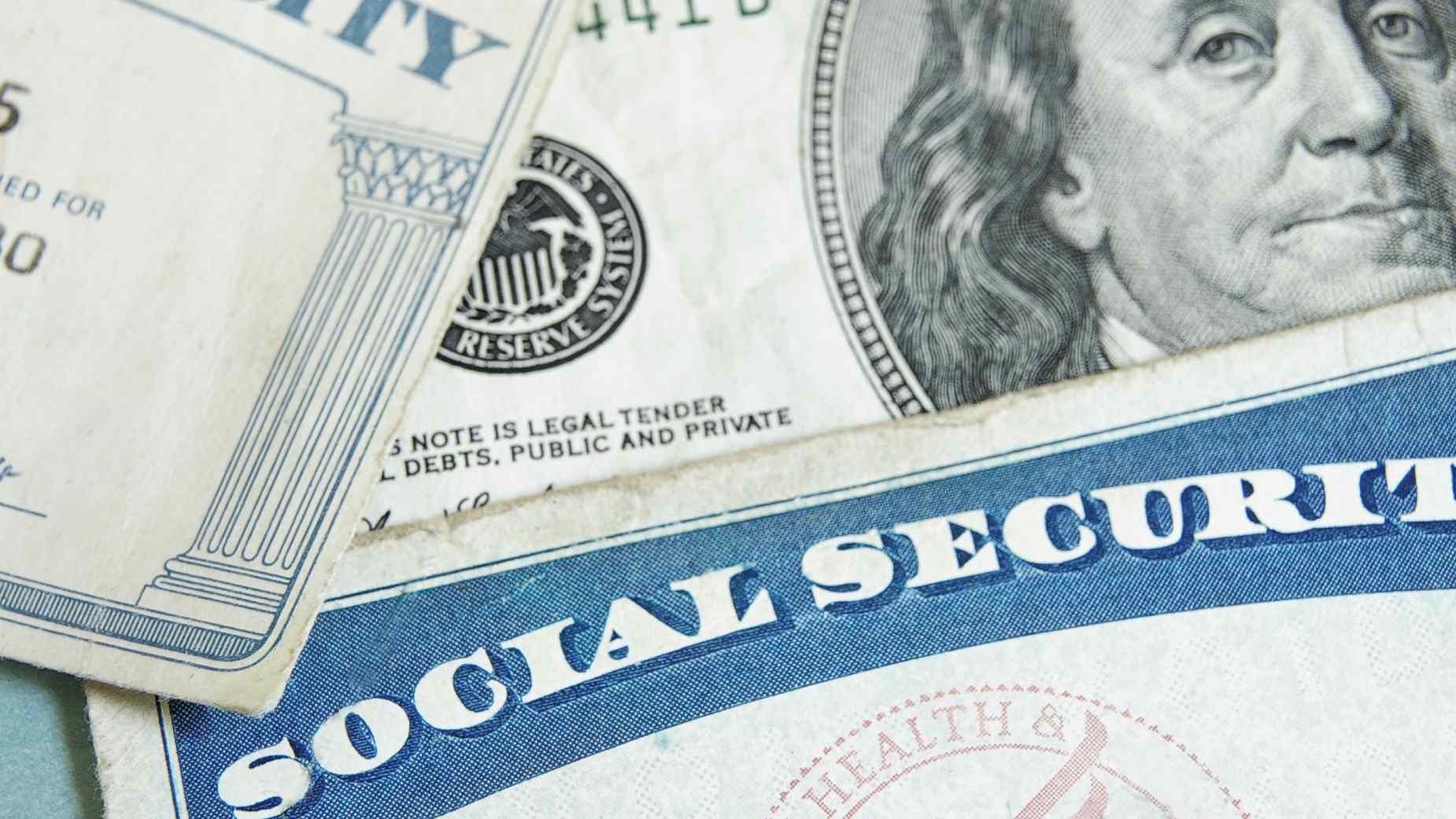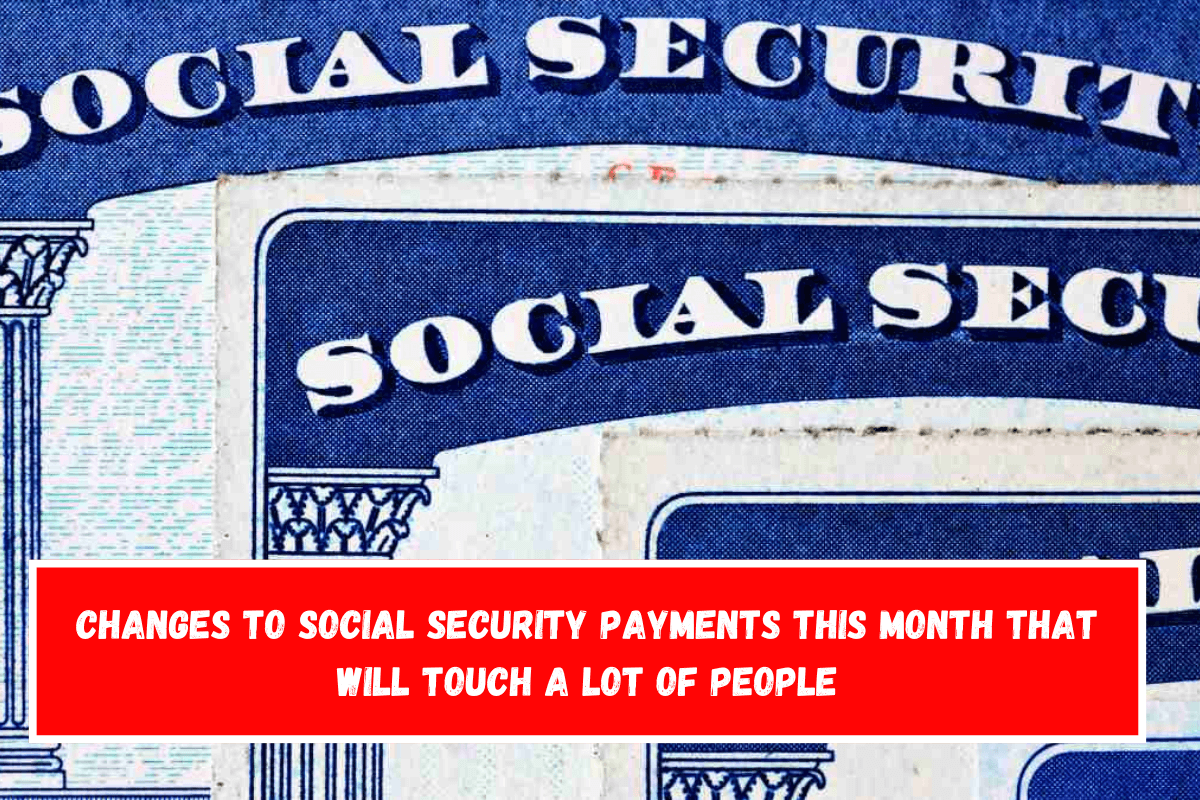This month, millions of people who depend on Social Security checks will get their payments at a different time than planned. This change is due to an unusual change in when benefit checks are sent out, which meant that some users did not get paid in September.
The change mostly affects people who get SSI, but Social Security recipients will also see changes based on their birthday. It’s important to know why this change was made and how it will affect people who depend on these funds, even though it might cause confusion.
Why won’t Social Security payments be issued in September?
This change was made mostly because of the calendar. People who get SSI usually get their money on the first of every month. This year, though, September 1 was a Sunday, so the payments were pushed back to Friday, August 30. Because of this, there will be no payments in September, which has made some people worried because they didn’t know about this change.
SSI recipients got two payments in August, which makes up for the lack of a September payment, even though it may look like a payment was missed. It’s important to remember that even though there will be no payment in September, the system made sure that those who were supposed to get benefits got them early.
When will the next payment be issued?
On October 1, the next SSI payment will be sent out. Even though it may seem like a long time between payments, especially for people who count on these funds for daily living, no payments have been missed. The early payment at the end of August covered the month of September.
People who get regular Social Security payments will continue to get them as normal, with some small changes based on their date of birth. People born between September 1st and 10th will get paid on September 11th, people born between September 11th and 20th will get paid on September 18th, and people born between September 21st and 31st will get paid on September 25th.

The importance of understanding the Social Security payment schedule
Social Security payments usually happen at the same time every month, but sometimes there are small changes, like when payments fall on weekends or holidays. People who will benefit from this system need to know how it works so that nothing comes as a surprise.
Thankfully, changes in the payment schedule usually don’t affect how much the recipients get in total over the course of the year. However, they can make it harder to plan their monthly finances.
Financial experts stress how important it is to understand these kinds of changes that are based on the calendar. Kevin Thompson, the CEO of 9i Capital Group and a financial expert, calls this a “calendar quirk.” Thompson says that the change shouldn’t have a negative effect on the beneficiaries since they got their money earlier than planned.
Smith said, “This isn’t really a problem.” “People who got money got it before they thought they would.” They didn’t miss a check; in fact, they got two in August.
Many people don’t know how often they have to change their plans in this way, especially when holidays or weekends fall on important dates. Experts say that the key is to stay informed and make plans based on that information to avoid needless worries.
Digital changes to Social Security: saying goodbye to physical signatures
Aside from the change in payment plan, Social Security recipients will soon see another big change. The Social Security Administration (SSA) has said that more than 30 forms used to apply for benefits will no longer need to be signed in person. Digital signatures will now be accepted instead, and 13 of these forms will not need to be signed at all.
This change is part of the SSA’s ongoing work to bring its processes up to date without putting recipients at risk. Thompson thinks that the switch to digital signs will help make things easier that should have been done digitally years ago.
“The need for digital signatures will probably make things go faster and streamline a lot of tasks,” he said. Millions of people who depend on Social Security will benefit from this change because it will cut down on wait times and make things run more smoothly.
Advantages of digitizing Social Security processes
By making it easier to get benefits and making it easier to send papers by mail or visit SSA offices in person, these changes are meant to make things easier. Martin O’Malley, the commissioner of Social Security, said that this step will help get rid of barriers and make the process of applying for benefits easier.
“We are doing everything we can to make people’s lives easier,” O’Malley said. “For example, we let people sign documents with just one click, and we try to make it so people don’t have to go to offices or mail paperwork as much as possible.” The SSA thinks that these changes will make the processing of forms faster and less likely to make mistakes. This should greatly improve the service for people who get Social Security.
How will these changes impact Social Security beneficiaries?
These changes are good for people who get benefits because they show that the SSA is looking for ways to make the system better and adapt to new technologies. Not only will wait times go down, but people who prefer or need to fill out forms online will also be able to do so more easily when actual signatures are taken away.
Additionally, it is important for beneficiaries to stay up to date on these changes and learn how to electronically sign papers. Some people might find it hard to adjust to a more digital system, even though it has many benefits for those who are good with technology.
Also See:- Who can get California’s Food Stamps and how does calfresh work?















Leave a Reply